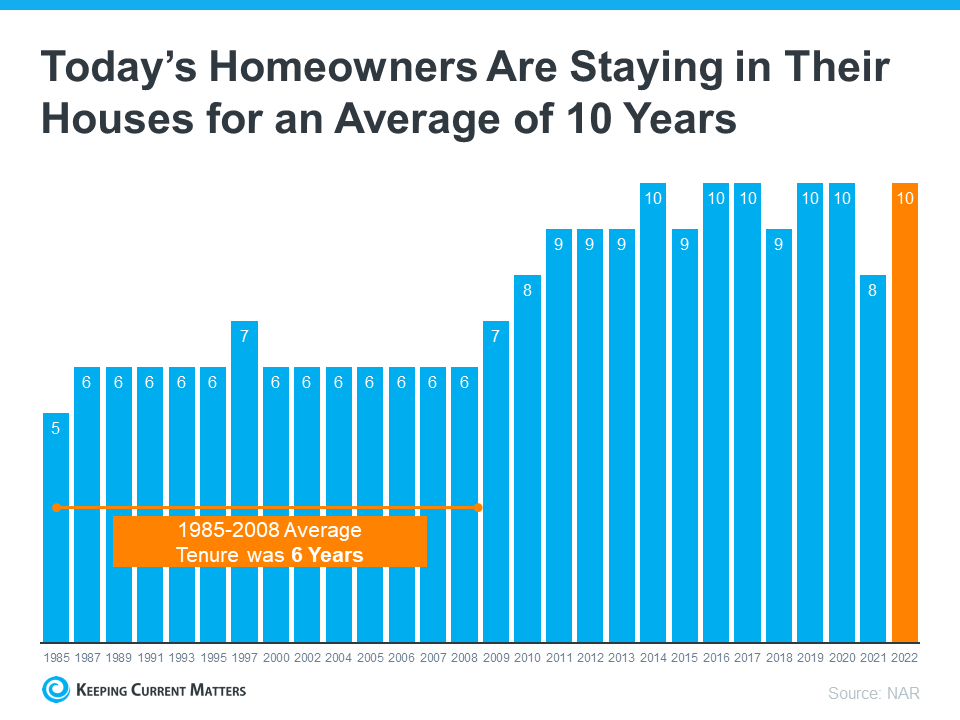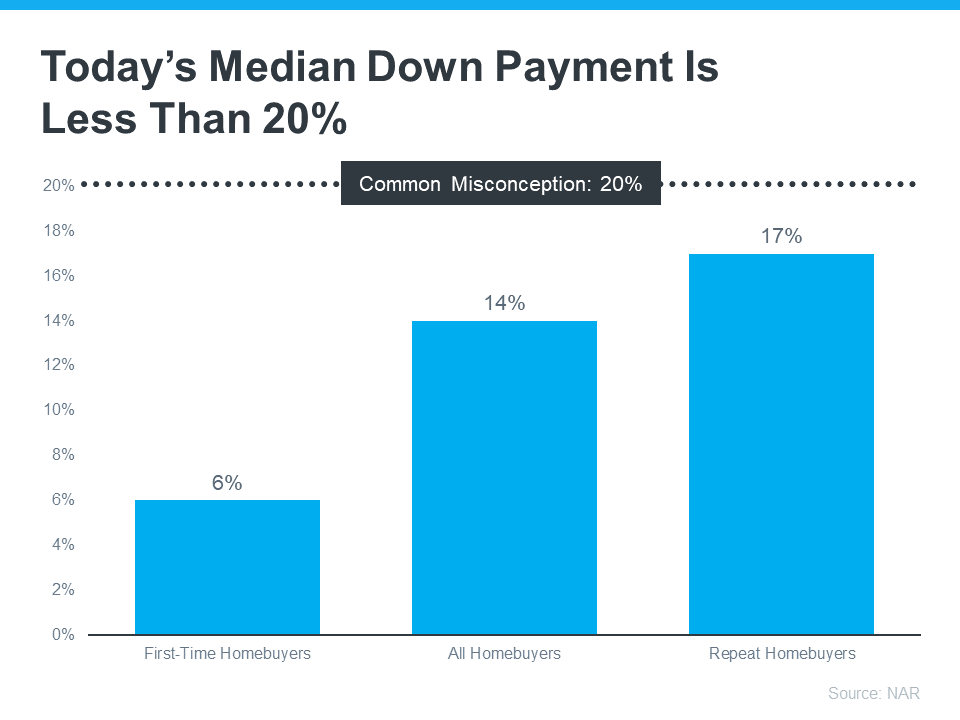![Tips To Reach Your Homebuying Goals in 2023 [INFOGRAPHIC] Simplifying The Market](https://terceroagency.com/wp-content/uploads/2023/01/Tips-To-Reach-Your-Homebuying-Goals-in-2023-KCM-Share.png)
![Tips To Reach Your Homebuying Goals in 2023 [INFOGRAPHIC] | Keeping Current Matters](https://terceroagency.com/wp-content/uploads/2023/01/Tips-To-Reach-Your-Homebuying-Goals-in-2023-NM.jpg)
Some Highlights
- If you’re planning to buy a home in 2023, here are a few things to focus on.
- Work on your credit and save for a down payment. If saving feels like a challenge, there’s help available. Then, get pre-approved, create a list of desired features, and prioritize them.
- Reach out to a real estate professional so you have expert advice on how to reach your homebuying goals this year.









